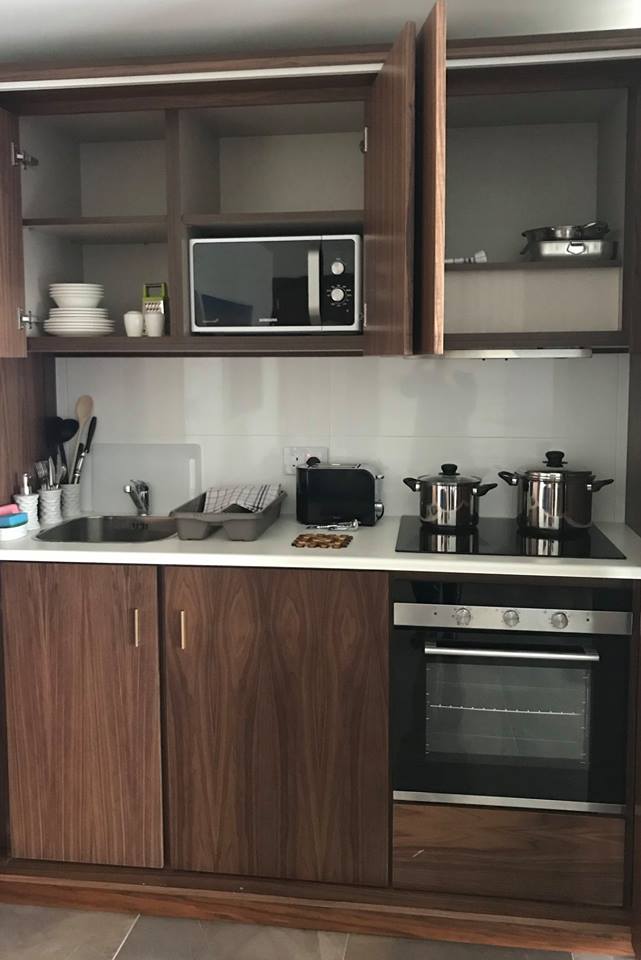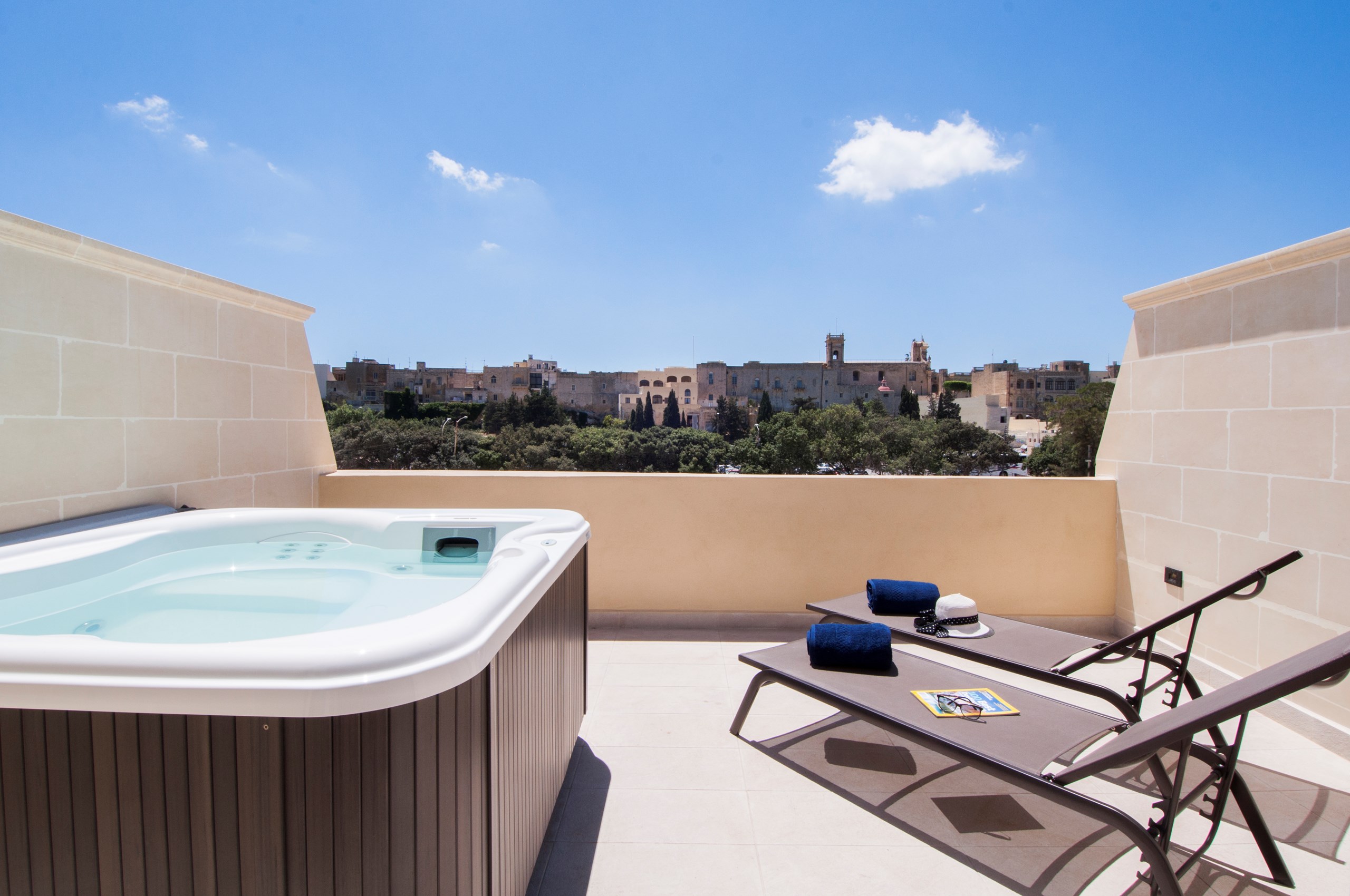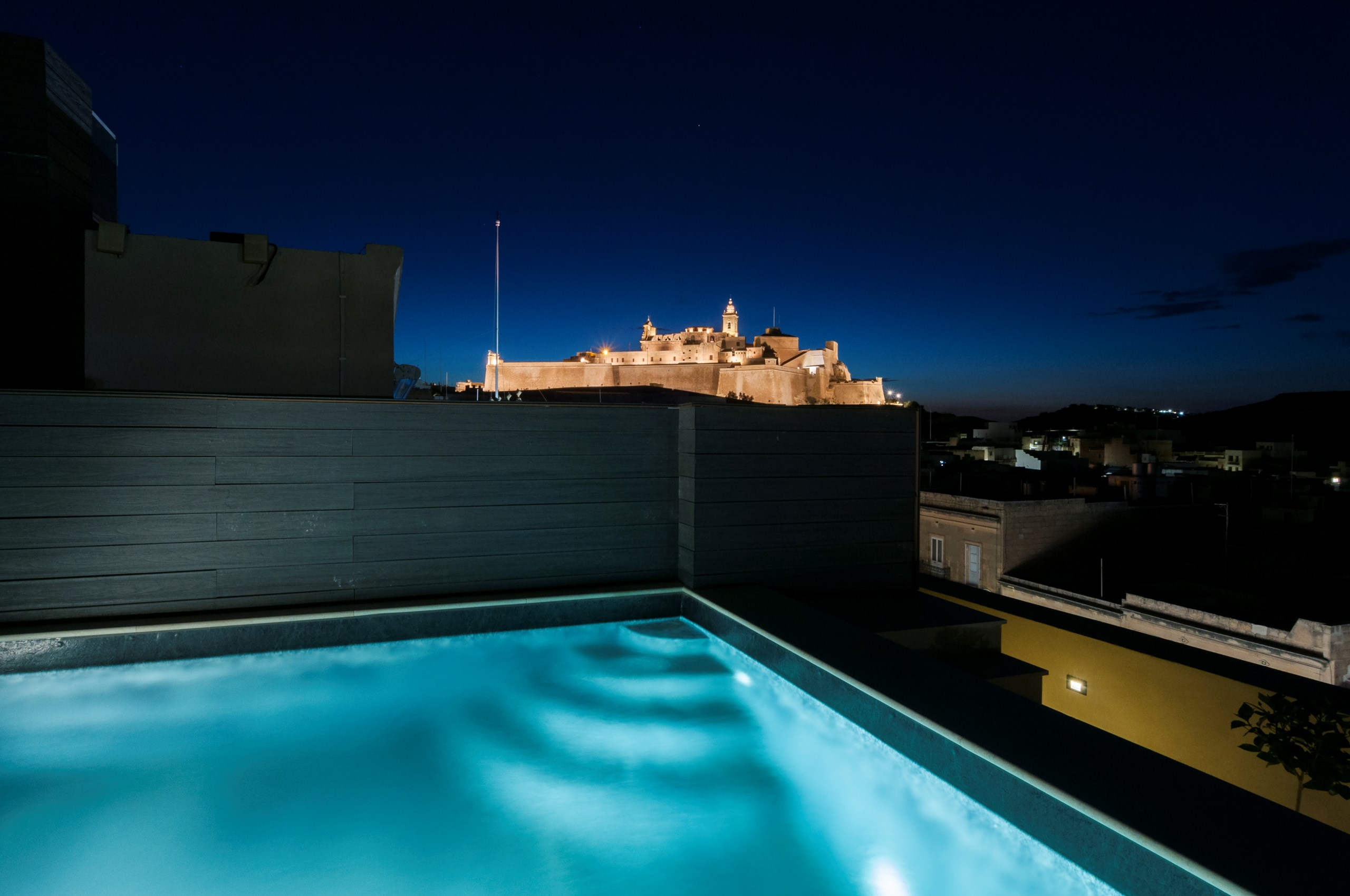Sightseeing in Gozo

Museums
Victoria
Citadel – Old Prisons, Museum of Archeology, Natural History Museum, Folklore Museum, Cathedral Museum, Old gun powder magazin, grain silos, the battery and World War II shelter
Basilica Museum-Il-Haġar- Heart of Gozo
Għarb
Folklore Museum, Ecclesia Mater Parish Museum, Karmni Grima Museum
Nadur
Maritime Museum
Xagħra
Ta’ Kola Windmill
Museum of Toys
Places of Interest
Xagħra
Ggantija Temples: The Ġgantija Temples in Xagħra, Gozo, are one of the most important archaeological sites in the Maltese Islands and are listed on the UNESCO World Heritage List. The site consists of two temples dating back to between 3600 and 3200 B.C. Xerri’s Grotto: Cave with stalactites and stalagmites, located below a residential building
Xerri’s Grotto: Cave with stalactites and stalagmites, located below a residential building
Ninus’ Cave: Cave with stalactites and stalagmites, located at 15, January Street
Calypso’s Cave: According to legend, this is where the nymph Calypso seduced and kept Ulysses a “prisoner of love” for seven long years, until he was rescued by Zeus.
Qala
Qala Bellevedere: Breathtaking view of Comino and Malta
Għasri
Gordan Lighthouse: an active lighthouse on the North coast of the island.
Marsalforn
The Salt Pans: They date back to the Roman Times
Dwejra
Featuring the Inland Sea, the Fungus Rock, the Azure Window, Blue Hole and Salt Pans


Churches
Every little village has its own church and the story goes that Malta has enough churches to visit a different one every day of the year. This is quite true and the concentration of churches in Gozo is just as dense. Churches are often huge in comparison with the population they serve, but a good church is a matter of religious pride and Gozo’s villages are traditionally religious. The churches vary enormously, from seventeenth-century baroque to twentieth-century neoclassical, from small and intimate to one of the largest domes in the world, from serving simple parish duties to the welcoming pilgrims from all over the world. The churches are usually open for mass in the early morning and evening and in Gozo they rarely close during the day so you can drop in whenever you wish – to pray or just to take a look around.
Suggestions for visiting:
St. George’s Basilica
Situated in the middle of Victoria and surrounded by a maze of charming old narrow streets and alleys.
Cathedral within the Citadel
A painting on the interior of the temple gives the impression of a dome when in reality the roof of the building is flat.
Ta’ Pinu Sanctuary (Gharb)
It was constructed adjacent to a still existent chapel where the young Karmni Grima is said to have received a message for prayer from Our Lady back in 1883.
Xewkija Rotunda
The dome is one of the largest in Europe.
Fortifications
Malta has often been called the ‘Fortress Island' due to the great mass of military architecture that can be seen everywhere. This is a legacy of the islands' history which saw them being fought over, time and again, due to their strategic location and deep, safe harbours. The fortifications that can be seen today come from two distinct periods: those of the Knights and those of the British era. These imposing reminders of the islands' wartime past fascinate not only because they are a feat of military engineering, but also because they are reminiscent of an age of chivalry, crusading, heroism and legendary battles. These fortifications can be found in Victoria, Għajnsielem, Xewkija, Xlendi, Dwejra, Nadur, Marsalforn and Qala.


Markets
A daily market takes place in Independence Square, Victoria, also known as It-Tokk, the centre of life in the capital. Here you can buy everything from sea-bass to sun-glasses as well as just browsing and watching the world go by. Other open-air markets take place in Nadur on Wednesday mornings and in Xagħra on Thursday mornings.
Other Things To Do

Standard Internal Rooms



Standard Internal Rooms


Garden View Rooms with Balcony (overlooking Villa Rundle Gardens)



Garden View Rooms with Balcony (overlooking Villa Rundle Gardens)


Accessible Guest Rooms – Standard Internal or Garden View



Accessible Guest Rooms – Standard Internal or Garden View


Long stay accommodation with kitchenette



Long stay accommodation with kitchenette


Spa Room with Courtyard



Spa Room with Courtyard


Terrace Rooms with Jacuzzi® Hot Tub



Terrace Rooms with Jacuzzi® Hot Tub


Citadel View Spa Rooms with Juliette Balcony



Citadel View Spa Rooms with Juliette Balcony


Junior Suites with Jacuzzi® Hot Tub and Private Terrace



Junior Suites with Jacuzzi® Hot Tub and Private Terrace


Citadel View Spa Rooms with Private Terrace



Citadel View Spa Rooms with Private Terrace


Presidential Suite with Private Pool and Terrace













 VIRTUAL TOUR
VIRTUAL TOUR